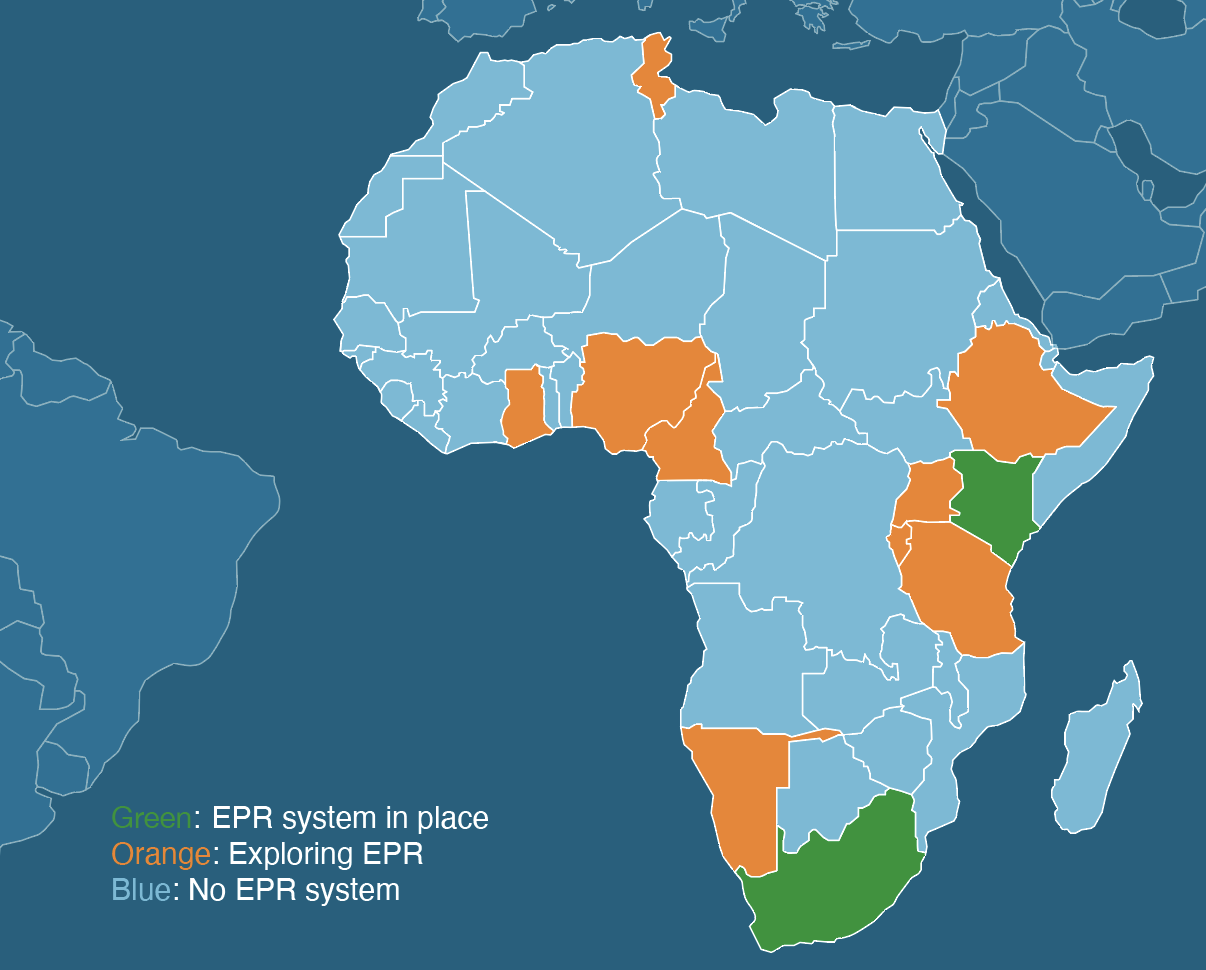In the last three decades, over 60 countries and provinces have introduced extended producer responsibility (EPR) laws that include packaging and packaging-related materials in their scope. The concept of EPR is relatively new to Africa and many parts of the world, but was first introduced in Germany in the 1990s.
In this article, we will explore the established extended producer responsibility (EPR) programs that cover packaging and containers in their scope throughout the continent of Africa—including South Africa and Kenya. It is important to note that a number of nations are exploring their own EPR for packaging frameworks, including Nigeria, Ghana, Cameroon, Rwanda, Tunisia, Namibia, Uganda, and Tanzania, as new developments come to the surface we will add them to this piece!

EPR for Packaging in South Africa

South Africa introduced their extended producer responsibility (EPR) program for packaging in November of 2020 with the Section 18 Regulations to the National Environmental Management Waste Act. The regulations under Section 18 came into effect in May of 2021 and requires all producers of packaging and packaging materials to “design, make, sell, and keep their products in the recycling loop as far as is practically possible”.
Similar to other EPR programs around the world, the Government of South Africa allows identified producers to comply with EPR requirements individually or to join a Producer Responsibility Organization (PRO) scheme that handles reporting, collection of fees, and overall compliance.
The reporting requirements for both sole producers and those in a PRO calls for an external audit report to be submitted to the Department of Forestry, Fisheries & the Environment (DFFE) covering the following:
Performance against published targets
Breakdown of allocation of EPR fee
Financial performance
Governance report
Number of jobs created
A unique aspect of South Africa’s EPR program is the requirement of all producers to conduct a life cycle assessment (LCA) of the “identified product or packaging” based on “applicable standards” within 5 years of the launch of the EPR scheme. In section 5(I) the DFFE denotes what the life cycle assessment should focus on:
Minimization of the material used in the identified product/package
Designing for reuse, recycling, or recovery without forfeiting functionality
Reduction of environmental toxicity related to consumer waste
One of the PROs helping producers in South Africa navigate EPR requirements under NEMWA is Fibre Circle. Fibre Circle is focused on managing EPR programs related to paper and paper packaging and has been operating for over 3 years.
We reached out to Dumisani Khumalo, Fibre Circle’s Marketing and Communications Manager, to learn more about the work this PRO is doing to help divert paper packaging waste from landfills across the country.
Kumalo stated:
“Our work is focused on enhancing paper collection and recycling programs, effectively managing entrusted EPR fees, engaging with stakeholders, and promoting research and development in the paper and paper packaging sector.”
Khumalo noted specific challenges Fibre Circle faces which include the following:
Lack of adequate infrastructure
Data collection and reporting
Public awareness and engagement
Informal waste collector integration
Enforcement of regulations
Innovation and research
EPR for Packaging in Kenya

The nation of Kenya’s approach to EPR is outlined in Section 13 of the Sustainable Waste Management Act No. 31, entering into force in the year 2022. Kenya’s EPR program is managed by the National Environment Management Authority (NEMA), which requires identified producers to do the following:
Decide to join an existing PRO or Individual Compliance Scheme
Create an inventory of all products planned or introduced into the Kenyan market
Provide evidence of membership to a PRO or develop individual compliance scheme
Provide an estimate of the annual volume / quantity of products & packaging
Implement and manage mechanisms for product identification and tracking—to boost traceability and accountability across the product or packages lifecycle
Submit annual reports to NEMA
For Kenyan producers who want to join a PRO to comply with Section 13, there are two options available—KEPRO and PAKPRO. Regardless of producers choice, both PROs require members to both pay an annual membership fee and submit “usage volumes and make EPR payments (based on volume)”.
Similarly, both KEPRO and PAKPRO cover packaging materials including PET, rigid & flexible plastics, glass, paper, cardboard, aluminum and more! According to PAKPRO, in only 4 years of operation (including 2 years prior to mandatory EPR in 2022), the group collected ~1 billion PET bottles from Kenya’s natural environment—a staggering 25,616 metric tons of waste.
Emerging EPR programs across Africa
To date, only South Africa and Kenya have introduced mandatory extended producer responsibility programs that include packaging in their scope—but our research has found that 9 nations are currently exploring waste management systems that include EPR requirements for identified producers.
The nations we identified include: Nigeria, Ghana, Cameroon, Rwanda, Ethiopia, Tunisia, Namibia, Uganda, and Tanzania.
Stay tuned for an upcoming article focused on exploring the progress that the nations above are making to implement extended producer responsibility for packaging programs!
How to Prepare for EPR
Extended producer responsibility programs that encompass packaging are becoming increasingly common in Africa and globally. To remain compliant with these current and emerging regulations, it’s essential to understand the entire lifecycle of a packaging system—from cradle to grave.
We can help!
At the Packaging School, we offer a Certificate of Sustainable Packaging (CSP) designed to enhance your knowledge of sustainable packaging design, measurement, and strategy. Our 40-hour, 100% online program will get you up to speed.
Learn more about the CSP program here!
By signing up you indicate you have read and agree to our Terms of Use. Packaging School will always respect your privacy.